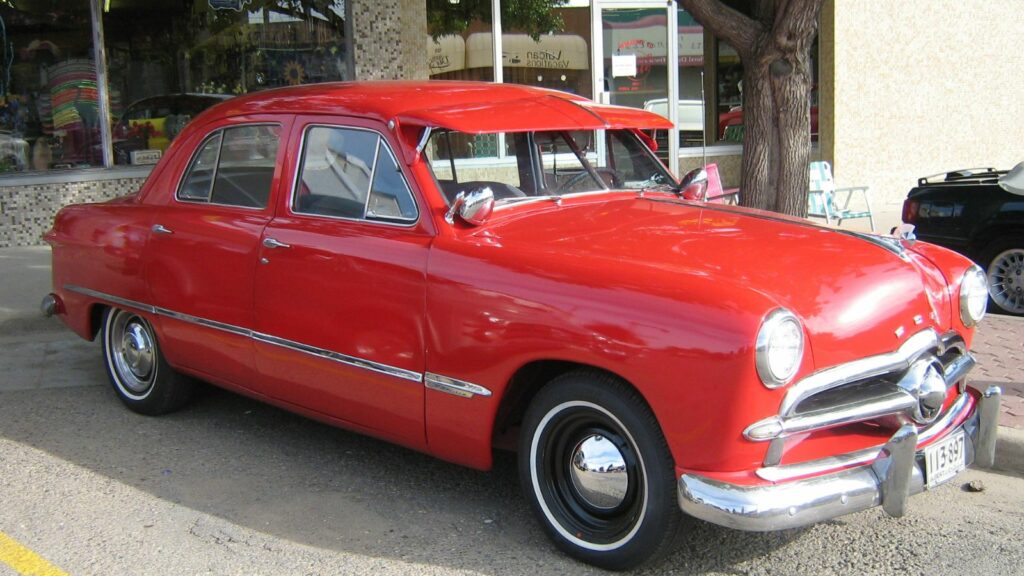If you’ve ever peeked into the cabin of a truly old car and spotted four pedals on the floor instead of three, you probably wondered what on earth was going on. Modern manuals give us the clutch, brake, and accelerator simple enough. But cars from the early and mid-20th century sometimes carried a mysterious fourth pedal, and the reasons behind it show just how experimental and quirky the history of motoring really was.
The Mysterious Fourth Pedal
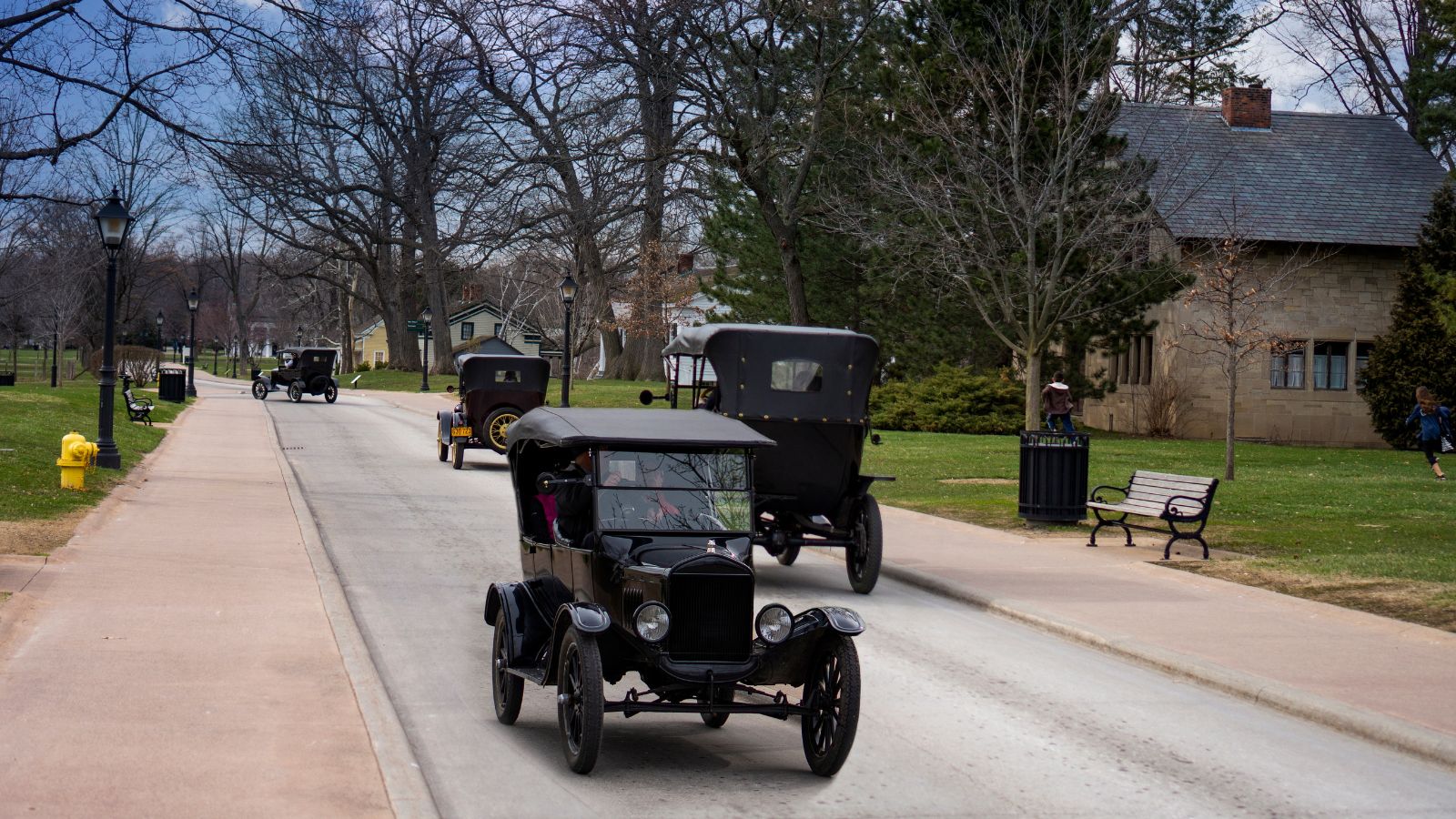
That extra pedal wasn’t about going faster or slowing down. Depending on the car and the era, it could be tied to starting the engine, applying the parking brake, or even controlling the headlights. The truth is, back then there was no standardized layout. Each automaker had its own idea of where controls should go and how they should function. This made climbing into an unfamiliar car a bit of an adventure you had to quickly learn what each pedal did before you could set off without embarrassing yourself.
Mechanical Starters Underfoot
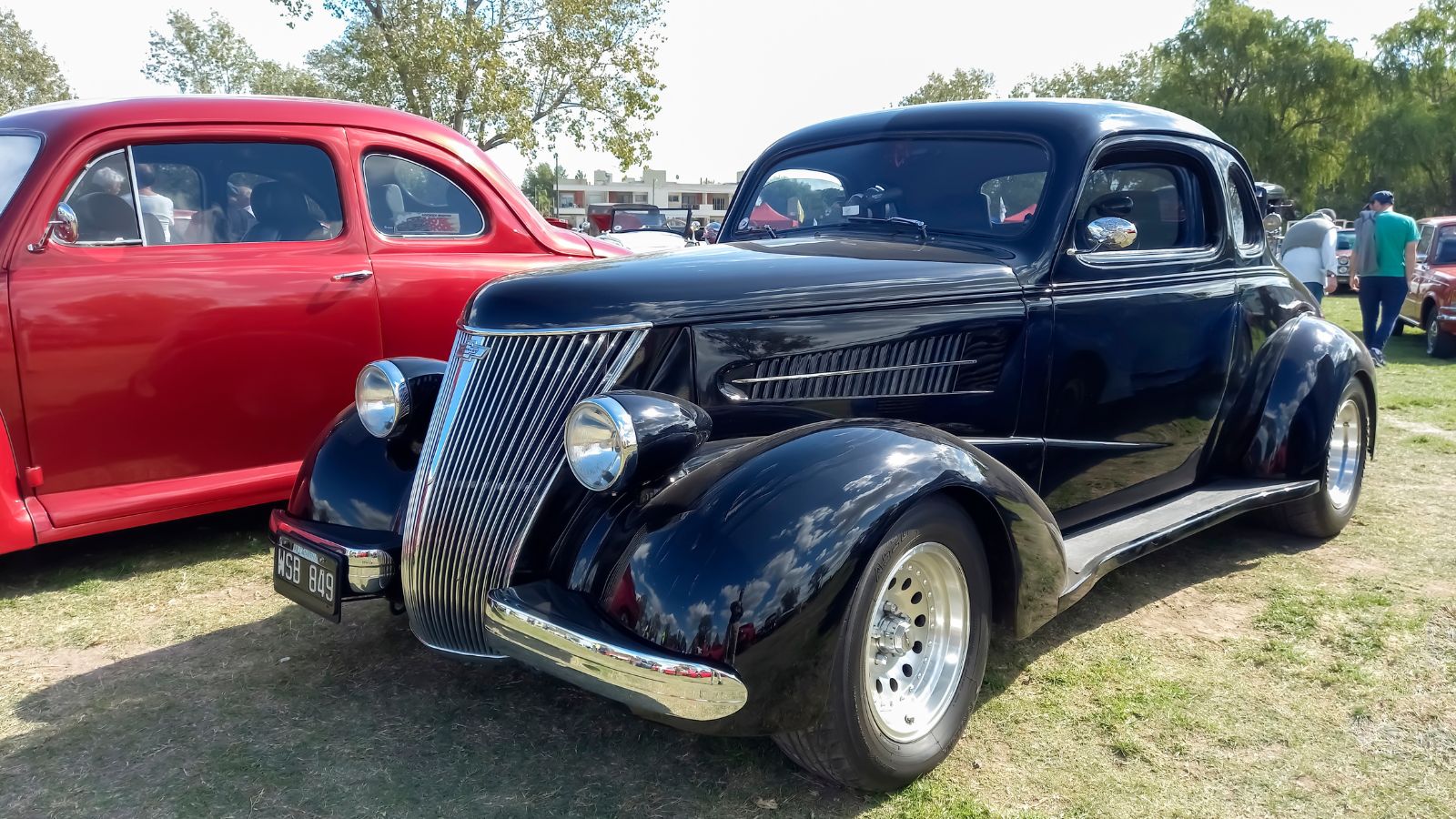
Before the age of keys and push-button ignition, many vehicles used a starter pedal. Ford’s Model A and early Chevrolets are great examples you’d turn the ignition switch on, then step on a dedicated pedal to engage the starter motor. This was considered a big luxury upgrade from hand-cranking, which was not only exhausting but also dangerous since a backfire could break your wrist. The starter pedal made cars far more accessible, yet it meant drivers had one more control cluttering up the floorboards.
The Pedal-Powered Parking Brake
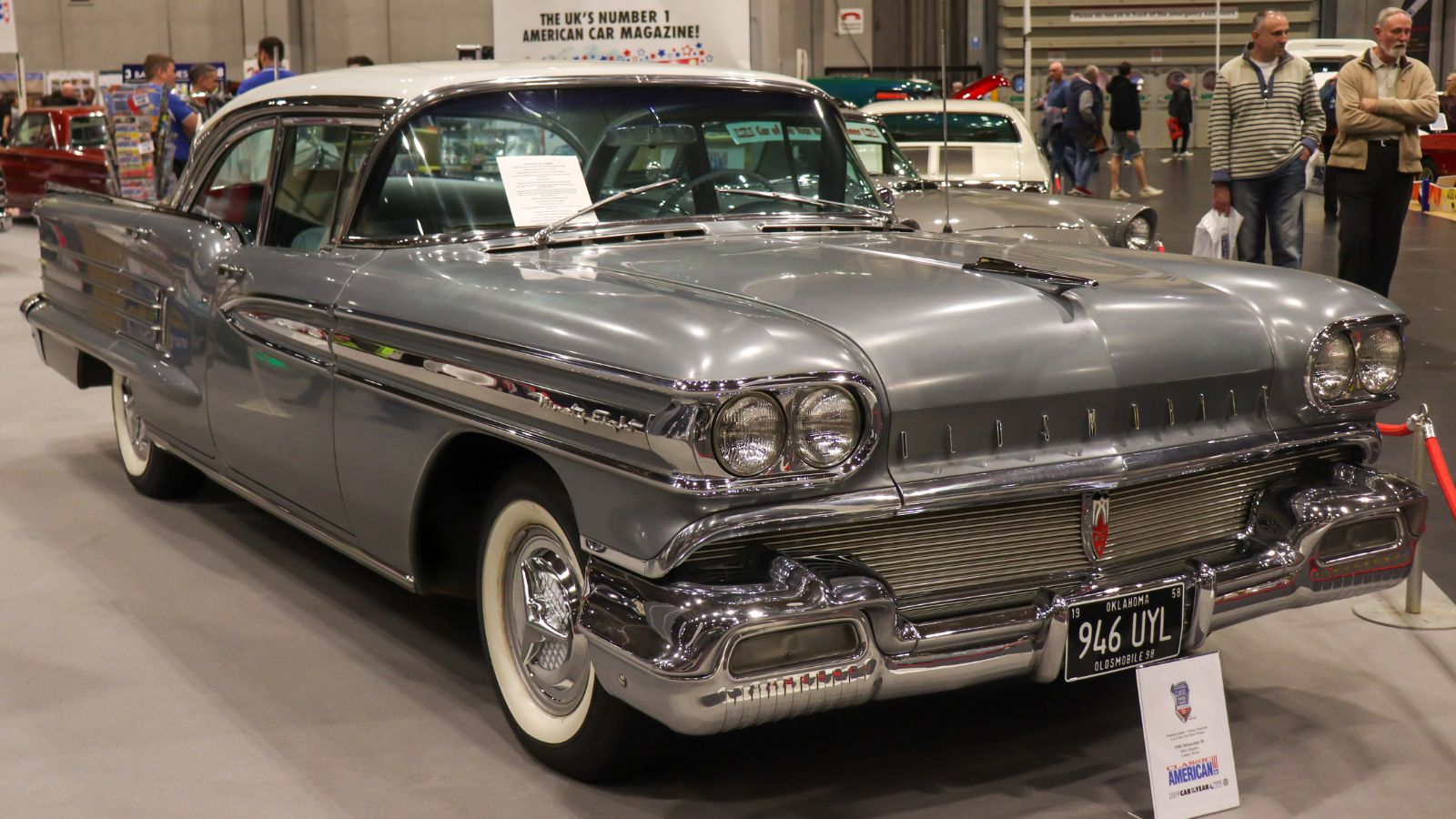
In plenty of mid-century American cars, especially those from General Motors and Chrysler, the fourth pedal was actually the parking brake. Instead of pulling up a lever, you’d stomp on a pedal located far to the left, locking the brakes. To release it, you either pressed again or pulled a small T-handle under the dashboard. It was a clever packaging solution, clearing up space between the seats and giving cars a cleaner interior look. Even today, some trucks and older sedans still use this setup, though it has largely been replaced by electronic switches or traditional levers.
Clutch, Brake, Gas… and a Dimmer Switch?
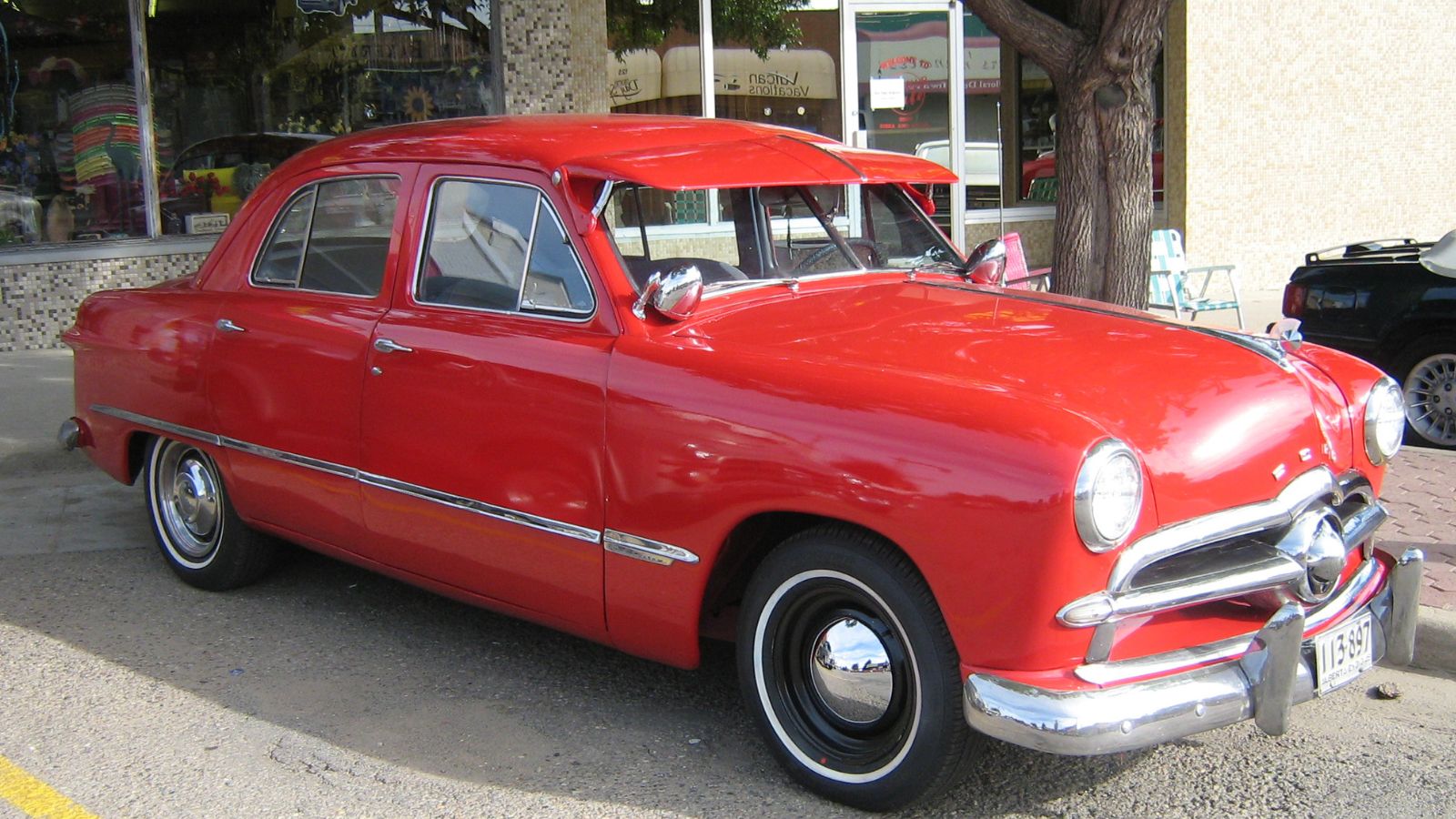
Here’s one of the strangest uses for the fourth pedal headlight control. From the 1930s through the 1960s, many American cars had a floor mounted dimmer switch. Instead of flicking a stalk on the steering column, drivers tapped the switch with their foot to toggle between high and low beams. This quirky setup actually made sense at the time it kept drivers’ hands on the wheel and gave a clear, mechanical “click” when switching lights. Ford, Chevrolet, and Dodge all used the design, and some models didn’t abandon it until the 1970s.
Oddball Innovations and Racing Pedals
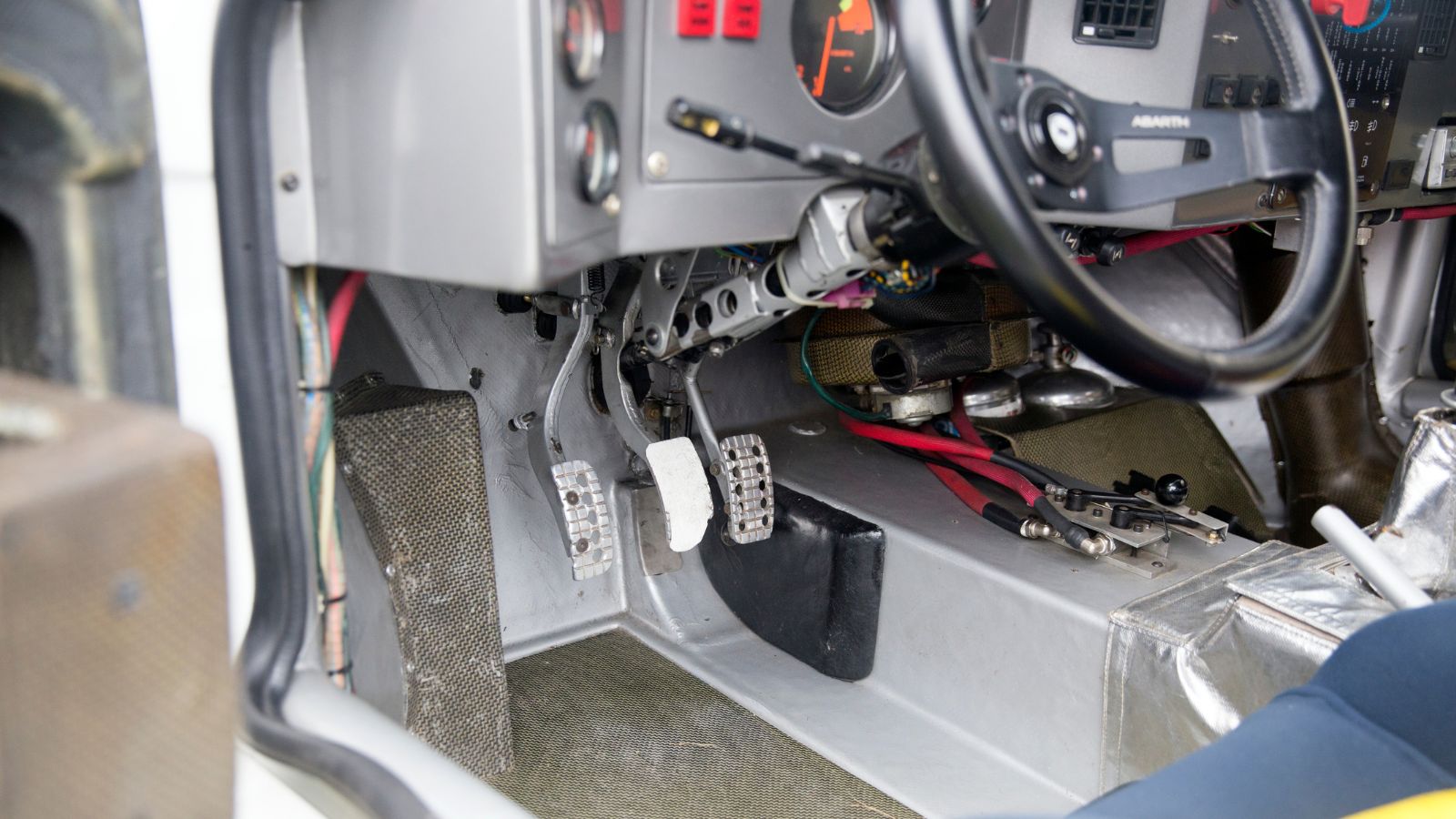
Not every fourth pedal had such a practical purpose. Certain performance cars offered exhaust cutout controls operated by a pedal. This would bypass the muffler, giving the engine more breathing room and more horsepower, along with a glorious bark of noise. Some early European cars, especially pre-war models, experimented with pedals for auxiliary clutches or gearbox functions, as many transmissions weren’t fully synchronized yet. That meant extra footwork was required to get smooth shifts, and extra pedals sometimes helped drivers manage the mechanical dance.
The Challenge of Non-Standard Layouts
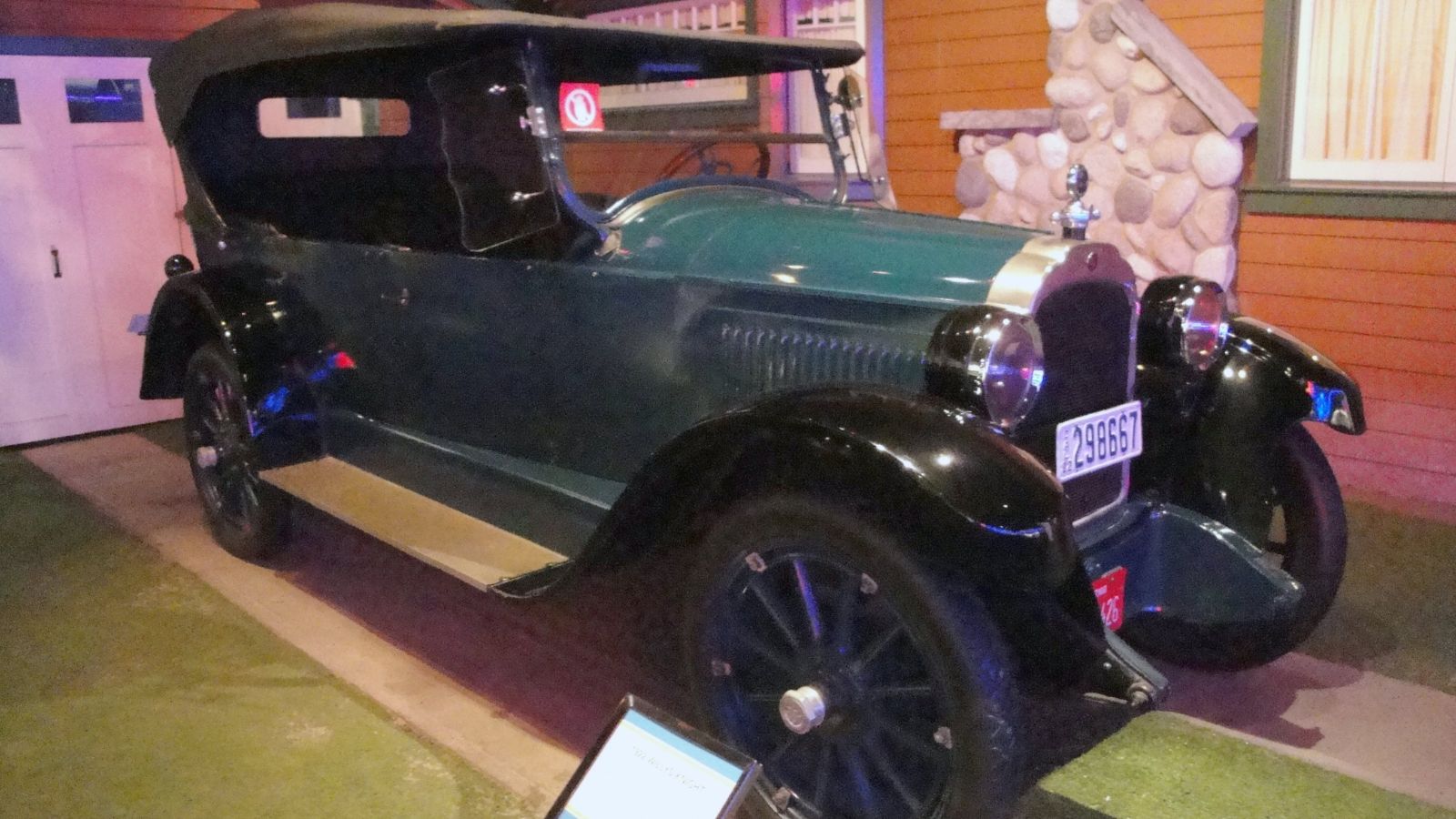
The lack of consistency made driving in the early days more complicated than most people realize. A driver hopping from a Ford to a Chrysler might discover that the pedals were completely different not just in function but in order. It wasn’t until the 1950s and 1960s that manufacturers began settling into the three-pedal manual layout we know today. Standardization was a blessing for safety, since drivers could climb into almost any car and know exactly which pedal did what without a crash course.
The Evolution to Three Pedals
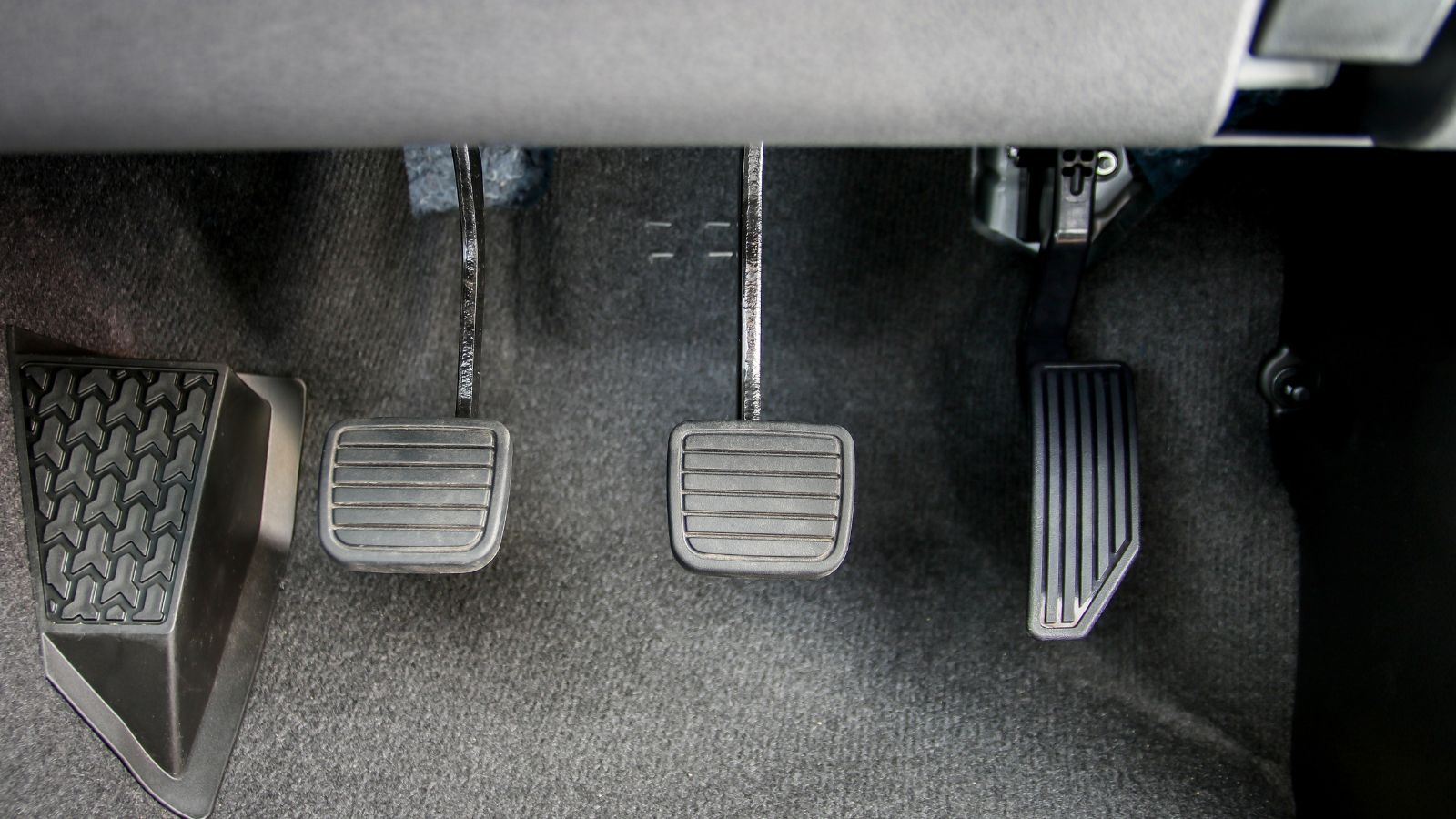
As engineering advanced, the odd jobs of the fourth pedal were absorbed elsewhere. Parking brakes became hand-operated, starters moved to keys, and dimmer switches shifted to steering columns. By the 1980s, nearly every car worldwide used the same basic arrangement: clutch on the left, brake in the middle, and gas on the right. This wasn’t just about convenience it was about safety and predictability. With millions of cars on the road, drivers needed a consistent experience across brands.
A Quirky Reminder of How Far We’ve Come
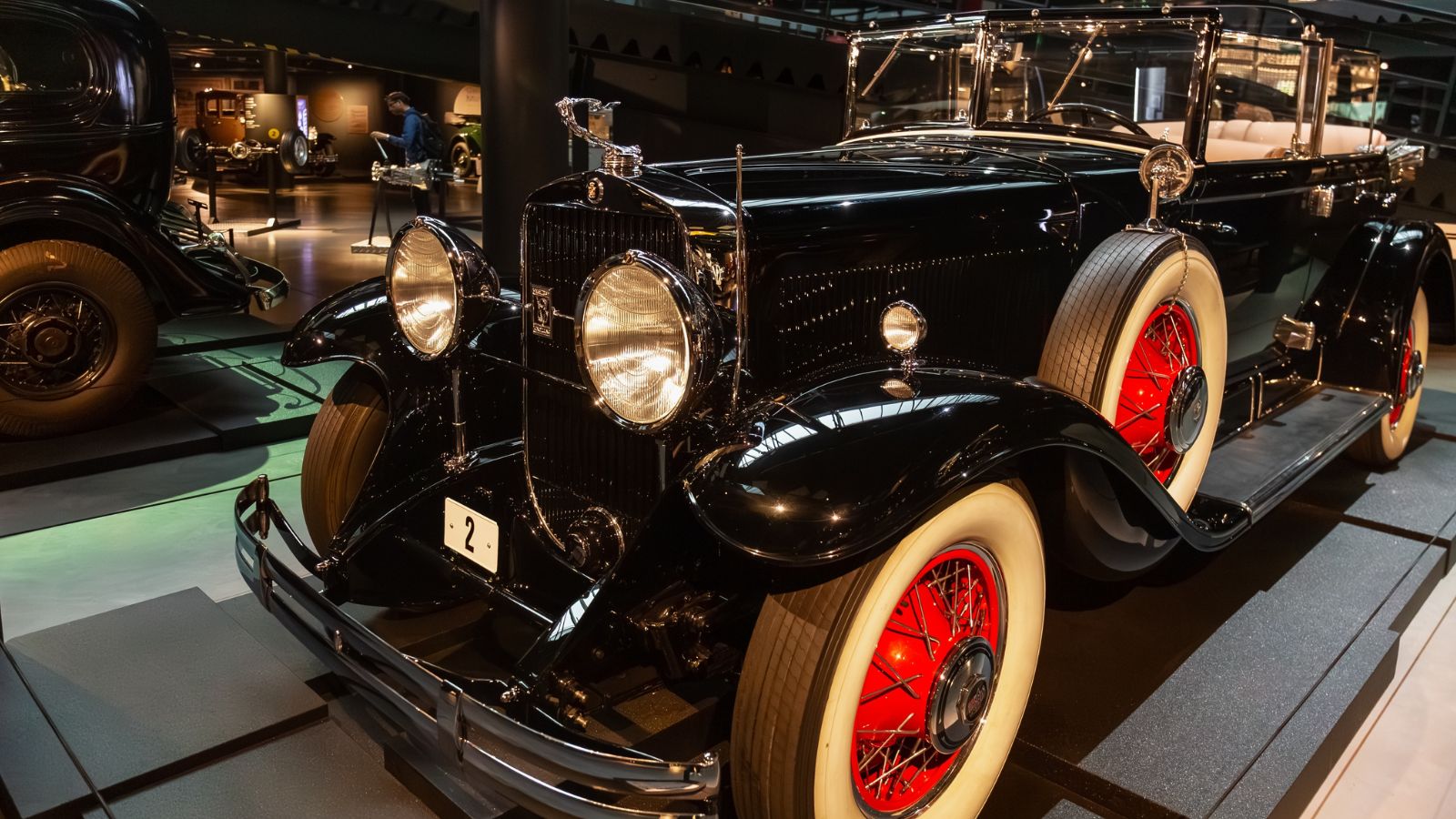
Today, stumbling upon a four-pedal car at a show or in a barn is a reminder of how wild and experimental those early decades of the automobile really were. That extra pedal might look confusing, but it tells a story of invention, improvisation, and a time when no two cars felt the same to drive. What now seems odd was once considered normal, and it reflects just how much motoring has evolved from its mechanical, hands-on beginnings to the standardized machines we use today.
25 Facts About Car Loans That Most Drivers Don’t Realize

Car loans are one of the most common ways people fund car purchases. Like any other kind of loan, car loans can have certain features that can be regarded as an advantage or a disadvantage to the borrower. Understanding all essential facts about car loans and how they work to ensure that you get the best deal for your financial situation is essential. Here are 25 shocking facts about car loans that most drivers don’t realize:
25 Facts About Car Loans That Most Drivers Don’t Realize
